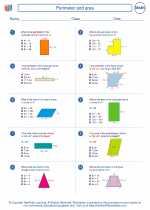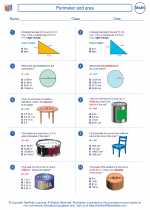Understanding Time
Time is a concept that helps us measure the duration of events and the intervals between them. It is a fundamental aspect of everyday life and is used to organize, plan, and record various activities. In mathematics, understanding time involves being able to read and interpret different types of clocks, calculate time intervals, and convert between different units of time.
Types of Clocks
There are two main types of clocks used to measure time: analog clocks and digital clocks. An analog clock has a face with hour and minute hands, while a digital clock displays time using numbers.
Analog Clock
An analog clock is divided into 12 hours, with each hour further divided into 5-minute intervals. The hour hand indicates the hour, while the minute hand shows the minutes past the hour.
Digital Clock
A digital clock displays time using numbers, separating hours and minutes with a colon. For example, 3:45 represents 3 hours and 45 minutes.
Time Intervals
Calculating time intervals involves finding the duration between two given times. This can be done by subtracting the earlier time from the later time. It's important to consider both the hours and minutes when calculating time intervals.
Units of Time
There are various units of time used to measure different durations:
Converting Units of Time
Converting between different units of time involves understanding the relationships between seconds, minutes, hours, days, weeks, months, and years. This can be done using conversion factors or by multiplying and dividing by appropriate values.
Study Guide
Here are some key concepts to focus on when studying time:
- Understanding the structure of analog and digital clocks
- Practicing reading and interpreting different times on clocks
- Calculating time intervals between given times
- Converting between different units of time
- Solving word problems involving time and duration
It's also important to practice solving various types of problems related to time, such as calculating elapsed time, finding the starting or ending time, and converting between units of time.
Additionally, using real-life scenarios and examples to apply these concepts can help in understanding and mastering the topic of time.
[Time] Related Worksheets and Study Guides:
.◂Math Worksheets and Study Guides Eighth Grade. Perimeter and area

 Worksheet/Answer key
Worksheet/Answer key
 Worksheet/Answer key
Worksheet/Answer key
 Worksheet/Answer key
Worksheet/Answer key
 Worksheet/Answer key
Worksheet/Answer key
